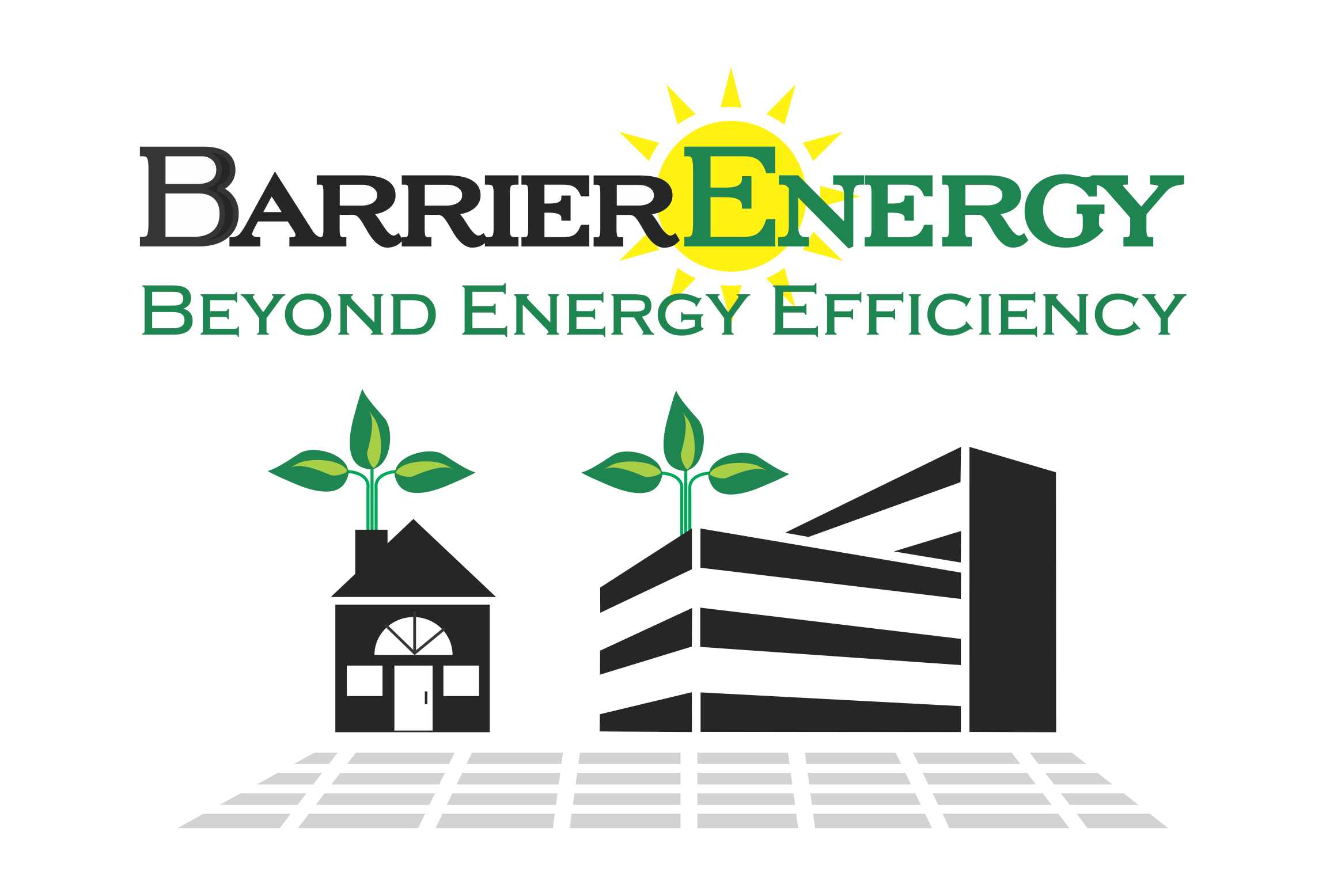What is HERS Testing?
Many get all the way to their inspection day to find that they missed one crucial step. How frustrating! Your inspector informs you that a HERS Rater needs to verify Building Efficiency Codes. A HERS Rater is a third-party inspector, specializing in energy efficiency standards. While Raters like us perform various diagnostic tests and inspections, we are independent of your local Building Department. Rather, we’re hired to protect the interests of the homeowner.
New to the HERS Rating process or unsure how to prepare for your appointment? Below is a step-by-step guide on how to prepare for HERS testing. Whether you’re an owner, installer, contractor, or builder, it’s important to be proactive. Preparation may vary depending on the stage and scope of your project, so take a look at which situation(s) best applies to you.
At Rough
The earlier on in the project you are, the better. To avoid delays, reach out to your HERS Rater while the walls are still open to schedule your first phase of inspections. Then, we can get our eyes on-site to verify essential information.
Insulation
Insulation is the first checkpoint in the process. Make sure the insulation is accessible for our inspection. In the instance your project has a Quality Insulation Installation requirement, the Rater will also perform an inspection before batt insulation goes in. QII is a two-phase review, in which caulking and spray foam must be visible. If you install batt insulation or close the walls before a Rater gets on-site, it’s an automatic QII fail.
HVAC
We should test duct leakage as soon as the ducting has been fully installed, and connected to the HVAC system. We do not require HVAC systems to be powered on for this diagnostic test, as we are focused on the integrity of the ductwork. However, the walls should be open and ductwork fully accessible. Furthermore, we do advise having the installer present during duct leakage testing, in the event that repairs are necessary. Fixes could be as minor as caulking the registers or applying electrician’s tape, but showing the installer directly is the best way to correct their performance. Ideally, we can coordinate our duct leakage testing on the same day that the installer finishes, so they would not need to make an extra trip.
Windows and Doors
Often, windows and doors are overlooked when it comes to inspection day. As much as you may get the urge to remove fenestration stickers, they must remain on. Not only does this allow us to verify their NFRC ratings, but your building inspector will want to see them as well. The National Fenestration Rating Council is responsible for efficiency labeling according to a nationwide standard. Not to worry if some doors or windows are yet to be installed, we can always return when the project is at the final stages.
Lighting
While the lighting sockets are visible, we will check that they have the proper T24 labels. Make sure you are purchasing JA8-certified lighting.
At Final
We perform our second phase of data collection when the project is in its final stages. Hopefully, you did not wait until the project is at final to call us out, or you may face further delays. Now that the work is complete, any issues the Rater finds could create a need to redo work that has already been done.
Insulation
Why are we including insulation in the “at final” category? Unfortunately, it’s all too common that Raters are called in after the fact. However, you may still be in the clear if the walls are already closed. For a typical certificate of insulation, we can verify the insulation specifications directly with the installer.
In the instance that you did not know the project had a Quality Insulation Installation requirement, you could be in trouble. Sometimes, your inspector will catch this during their rough inspections. They have the authority to request insulation be redone to meet QII codes. Once the project has reached final, there’s not much that can be done. A QII failure will cause more delays. At this point, it’s up to the discretion of your local building department to amend.
HVAC
During our final visit, condensers should be fully operational. In other words, they are charged with refrigerant, connected to a working thermostat, and powered through the local utility provider. This allows us to test the airflow and wattage of the AC system. Ask your installer to turn the HVAC fan speed onto its highest setting so we can take a reading at full power. Once again, it’s ideal to coordinate our testing on the same day the installer is present. You should inform us ahead of time when an installer plans to work on a condenser.
Remember that even if your system is heat-only, duct leakage should still be performed at rough. If the walls are already closed by the time we are called out for testing, the ductwork is no longer accessible. In the case that the duct leakage test fails at final, this can lead to a costly and time-consuming problem. Note that these guidelines only apply to extensive construction projects, not to simple change-outs. Existing ductwork means greater leniency because it’s considered non-accessible.
Windows and Doors
Fenestrations are also important to pay attention to because we often find that the rating stickers have been removed by the time we arrive for our final data collection, despite the labels that read “do not remove until after final inspection”. Ultimately, it will be up to your local Building Department to allow. At least, we would need the original purchase order to validate the energy ratings of the windows and doors.
Ventilation
Before calling us out, verify that your kitchen and bathroom exhaust fans are installed. Bathroom fans must be powered on so that we can perform an airflow test. Kitchen exhausts must be selected from approved directories. Please review our article on Indoor Air Quality to prepare.
Water Heating
Water heating is another item that we’ll need to verify prior to your final inspection. Make sure to install the water heater that’s prescribed on your Title 24 report. Otherwise, the discrepancy will need to be addressed.
Review your Checklist
It’s always better to be proactive than to wait until your inspector demands your compliance documents (CF2Rs and CF3Rs). A majority of the time we find that what’s been installed doesn’t match the CF1R, as specified in the plans. So, let’s resolve those issues while we’ve still got time to spare. We hope that you can use this checklist to prevent any delays in your occupancy approval and prepares you for your HERS inspection.


Recent Comments